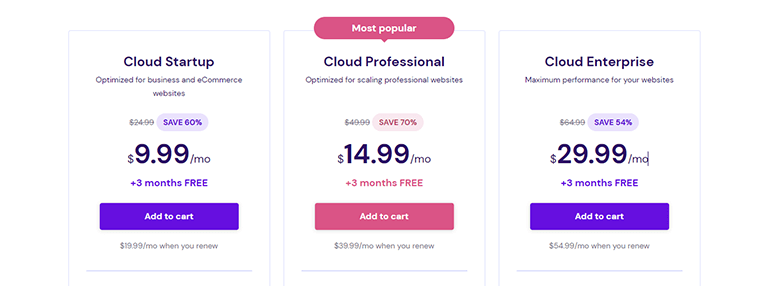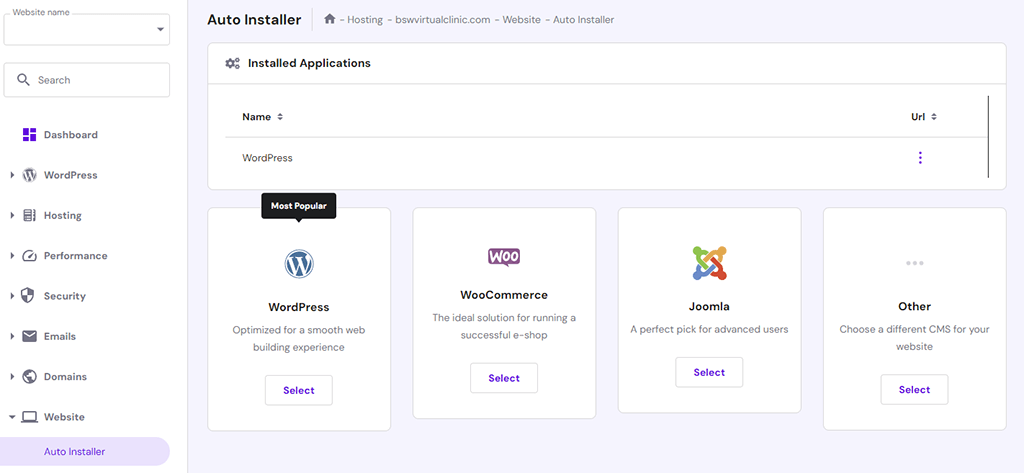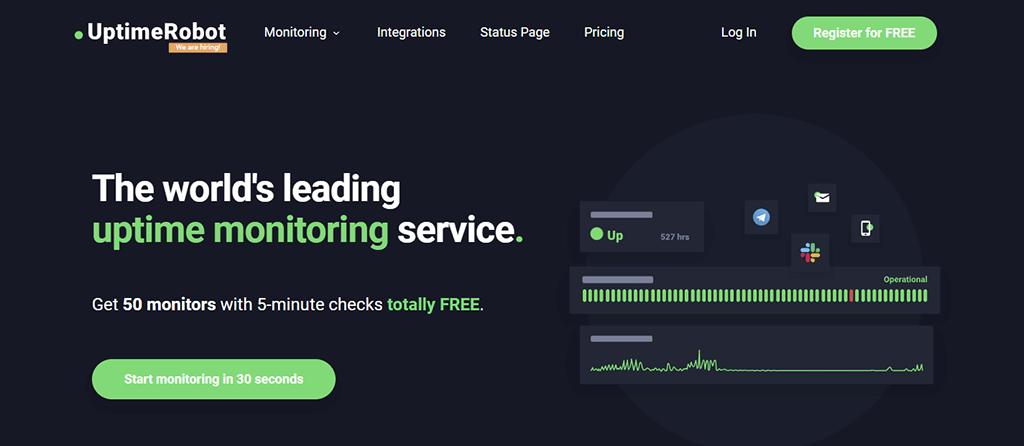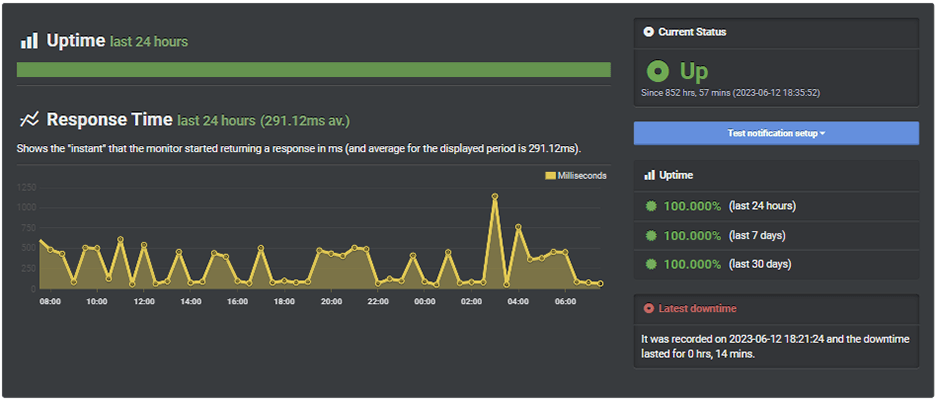Choosing the right web hosting provider is a crucial decision for any website owner. It directly impacts the performance, reliability, and user experience of your website.
Our website is hosting with Hostinger, which I have already reviewed. We have many other projects hosted with other top hosting companies.
To ensure that we make informed recommendations to our readers, we have developed a comprehensive testing process that involves signing up, monitoring uptime, monitoring response time, and analyzing other important factors.
Here, we will walk you through our testing methodology, highlighting the key steps and considerations involved.
Step 1: Signing Up
Before testing, we thoroughly research and evaluate various web hosting providers in the market. We consider factors such as reputation, customer reviews, pricing, features, and scalability options.
Then e sign up for an account with each selected provider to get firsthand experience. During the sign-up process, we carefully examine the user interface, ease of use, and overall account management features.
Signup is actually the most accessible part. Then we gauge the simplicity of the setup process and assess the availability of necessary tools such as domain registration, SSL certificates, and email account creation.

Step 2: Website Migration and Setup
To accurately evaluate the hosting providers, we migrate a sample website or create a new one using their platform. Premium hostings like Hostinger allow easy migration and quick installation
This allows us to experience the performance and usability of their tools, including control panels, FTP access, database management, and website builders.
We pay attention to how intuitive these interfaces are for both beginners and experienced users.

Step 3: Uptime Monitoring
Uptime is a critical factor in determining the reliability of a web hosting provider. To monitor uptime, we utilize reliable third-party service UptimeRobot which sends periodic requests to the test websites hosted by different providers.

These services record the response times and alert us whenever there is a disruption in service.
We track uptime over an extended period, usually several months, to obtain statistically significant data. This enables us to assess the consistency and reliability of each hosting provider’s infrastructure.

Step 4: Response Time Monitoring
Response time, or server speed, directly impacts user experience and website performance. We employ monitoring tools that regularly measure the time it takes for a web page hosted by each provider to load.
In order to perform this test, we use the third-party service bitcatcha. By testing from various locations worldwide, we can evaluate how well a hosting provider’s servers perform across different regions. This is especially important if your target audience is spread globally.

Step 5: Scalability and Performance under Load
We simulate high-traffic scenarios using load testing tools to evaluate a hosting provider’s scalability and performance capabilities.
This helps us determine if the hosting infrastructure is equipped to handle sudden spikes in visitor traffic without compromising website speed and stability.
Step 6: Customer Support Evaluation
We test the responsiveness and effectiveness of customer support by reaching out to the hosting providers through various channels such as live chat, email, or phone.
We assess their knowledge, willingness to help, response times, and overall professionalism in resolving issues or answering queries.

Step 7: Pricing and Additional Features
Finally, we analyze the pricing structure and value-for-money proposition offered by each hosting provider.
We consider factors such as introductory discounts, renewal rates, money-back guarantees, backup options, security features, and any other unique offerings.
Choosing the right web hosting provider is vital for the success of your website. Through our rigorous testing process involving signing up, monitoring uptime, monitoring response time, evaluating scalability, assessing customer support, and analyzing pricing, we aim to provide you with comprehensive insights and recommendations.
Remember that your specific requirements and budget should also influence your decision. By using our methodology as a general guide, you can make an informed choice that aligns with your individual needs and goals.





